Dell XPS 15 (9520) vs. Lenovo ThinkPad X1 Extreme (Gen 5)
Dell's most recent XPS 15 goes up against Lenovo's impressive ThinkPad X1 Extreme (Gen 5) to figure out which one is better for your needs.
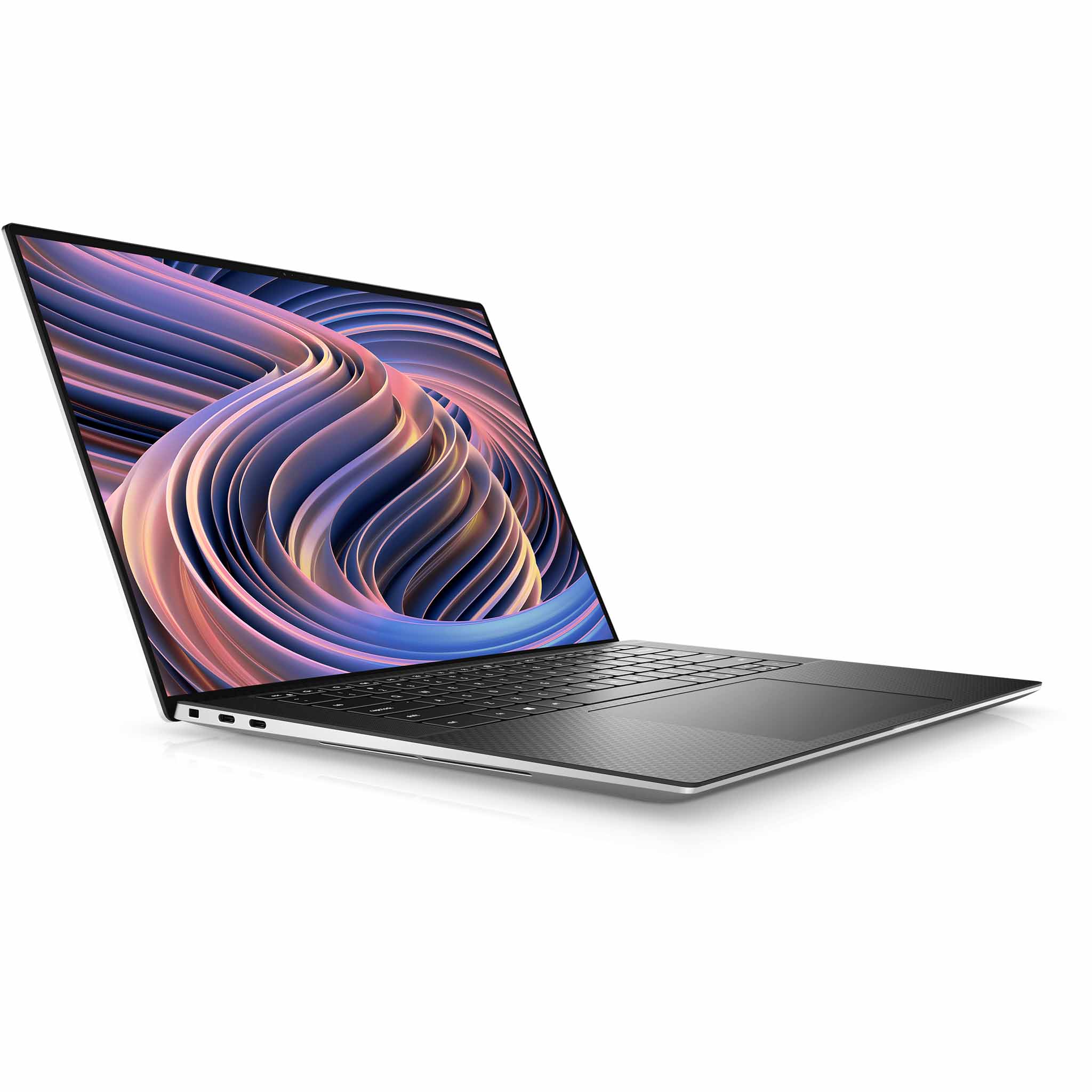
Dell's XPS 15 (9520) is a powerhouse 15-inch laptop with premium design and features. It costs quite a bit less than the X1 Extreme (Gen 5), but it's not as durable and doesn't have the same high-end performance hardware options you'll find in the ThinkPad. If you want a svelte Ultrabook built for power users, this is it.
For
- 12th Gen Intel Core H-Series CPUs
- Dual PCIe 4.0 SSD slots
- Beautiful display options, including 3.5K OLED
- Much more affordable
- Outstanding audio
Against
- Tops out at an RTX 3050 Ti Laptop GPU
- Fewer ports
- No 4G LTE/5G
- Fewer security options
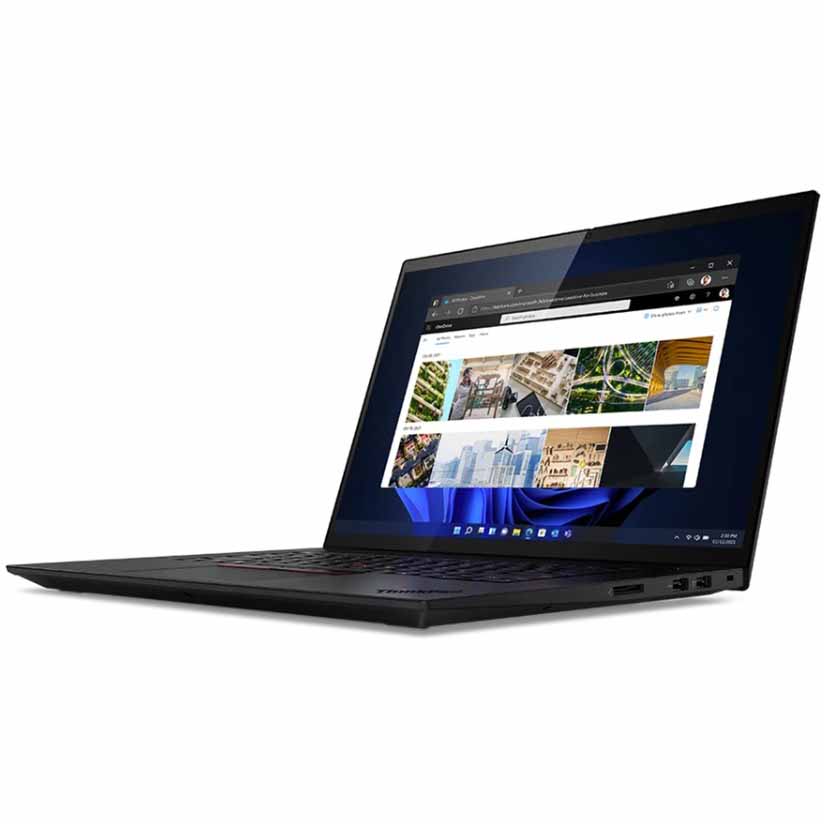
Lenovo's new ThinkPad X1 Extreme (Gen 5) is available with up to a Core i9-12900H CPU and NVIDIA RTX 3080 Ti Laptop GPU. It's not as svelte as the XPS 15, but it's more durable, it has more ports, and has its own share of high-end features. If you need a business workstation on the go, this is it.
For
- 12th Gen Intel Core H-Series CPUs
- Dual PCIe 4.0 SSD slots
- Up to a NVIDIA RTX 3080 Ti Laptop GPU
- Optional 5G
- Plenty of durability and security
Against
- Very expensive
- TrackPoint eats up touchpad space
Dell's latest XPS 15 (9520) is mostly a continuation of the design that we first saw in the 9500 model, and it's still one of the best Dell laptops out there. Executive Editor Daniel Rubino said in his XPS 15 (9500) review that it was a "near-perfect relaunch of the iconic powerhouse laptop," and that is still true today.
It's a svelte 15-inch Ultrabook made of aluminum with carbon fiber accents; it starts at a slightly lower weight than the ThinkPad X1 Extreme and it has a smaller footprint, mostly owing to the fact that Lenovo's laptop made the jump to 16 inches last generation. The XPS 15 (9520) received primarily a performance upgrade this time around, with new 12th Gen Intel Core H-Series processors, DDR5 RAM, and PCIe 4.0 storage.
The ThinkPad X1 Extreme (Gen 5) received similar upgrades, with Intel's 12th Gen H-series CPUs, up to a NVIDIA RTX 3080 Ti Laptop GPU, DDR5 RAM, dual PCIe 4.0 storage slots, and a new FHD+ display option. It's one of the best Lenovo laptops for anyone who wants performance, a slim profile, and extra durability and security.
Here's a look at all the specifications that make up these laptops.
| Header Cell - Column 0 | Dell XPS 15 (9520) | Lenovo ThinkPad X1 Extreme (Gen 5) |
|---|---|---|
| OS | Windows 11 Home | Windows 11 Pro, Windows 11 Home, Linux |
| Processor | 12th Gen Intel H-Series | 12th Gen Intel H-Series |
| Row 2 - Cell 0 | Core i5-12500H, Core i7-12700H, Core i9-12900HK | Core i7-12700H, Core i7-12800H, Core i9-12900H |
| RAM | 8GB, 16GB, 32GB, 64GB | 16GB, 32GB, 64GB |
| Row 4 - Cell 0 | DDR5-4800MHz | DDR5-4800MHz |
| Graphics | Intel Iris Xe, Intel UHD | Intel Iris Xe |
| Row 6 - Cell 0 | NVIDIA RTX 3050, RTX 3050 Ti Laptop GPUs | NVIDIA RTX 3050 Ti, RTX 3060, RTX 3070 Ti, RTX 3080 Ti Laptop GPUs |
| Storage | 512GB, 1TB, 2TB M.2 PCIe 4.0 NVMe SSD | 512GB, 1TB, 2TB, 4TB M.2 PCIe 4.0 NVMe SSD |
| Display | 15.6 inches, 16:10 aspect ratio, Dolby Vision | 16 inches, 16:10 aspect ratio |
| Row 9 - Cell 0 | 1920x1200 (FHD+), non-touch, anti-glare, 500 nits, 100% sRGB | 1920x1200 (FHD+), non-touch, anti-glare, 300 nits, 100% sRGB |
| Row 10 - Cell 0 | 3456x2160 (3.5K), OLED, touch, anti-reflective, 400 nits, 100% DCI-P3 | 2560x1600 (QHD+), non-touch, anti-glare, 500 nits, 100% sRGB, 165Hz, TÜV Low Blue Light |
| Row 11 - Cell 0 | 3840x2400 (UHD+), touch, anti-reflective, 500 nits, 100% AdobeRGB | 3840x2400 (UHD+), non-touch, anti-glare, 600 nits, 100% AdobeRGB, Dolby Vision, HDR 400, TÜV Low Blue Light |
| Row 12 - Cell 0 | Row 12 - Cell 1 | 3840x2400 (UHD+), touch, anti-reflective, 600 nits, 100% AdobeRGB, Dolby Vision, HDR 400, TÜV Low Blue Light |
| Ports | Two Thunderbolt 4, USB-C 3.2 (Gen 2), 3.5mm audio, SD card reader | Two Thunderbolt 4, two USB-A 3.2 (Gen 1), HDMI, SD card reader, 3.5mm audio |
| Audio | Dual 2.5W woofers, dual 1.5W tweeters | Dual 2W speakers, Dolby Audio, Dolby Voice |
| Wireless | Intel Killer Wi-Fi 6 AX1675, Bluetooth 5.2 | Intel Wi-Fi 6E AX211, Bluetooth 5.2, 5G (optional) |
| Camera | 720p, IR | FHD and IR hybrid, privacy shutter |
| Security | Fingerprint reader, IR camera | dTPM 2.0, Nano lock slot, fingerprint reader, IR camera, Glance, Tile |
| Battery | 86Wh | 90Wh |
| Dimensions | 13.56 x 9.06 x 0.73 inches | 14.15 x 9.99 x 0.7 inches |
| Row 20 - Cell 0 | (344.4mm x 230mm x 18.5mm) | (359.5mm x 253.8mm x 17.9mm) |
| Weight | From 4.06 pounds (1.84kg) | From 4.14 pounds (1.88kg) |
Design and features
Why you can trust Windows Central
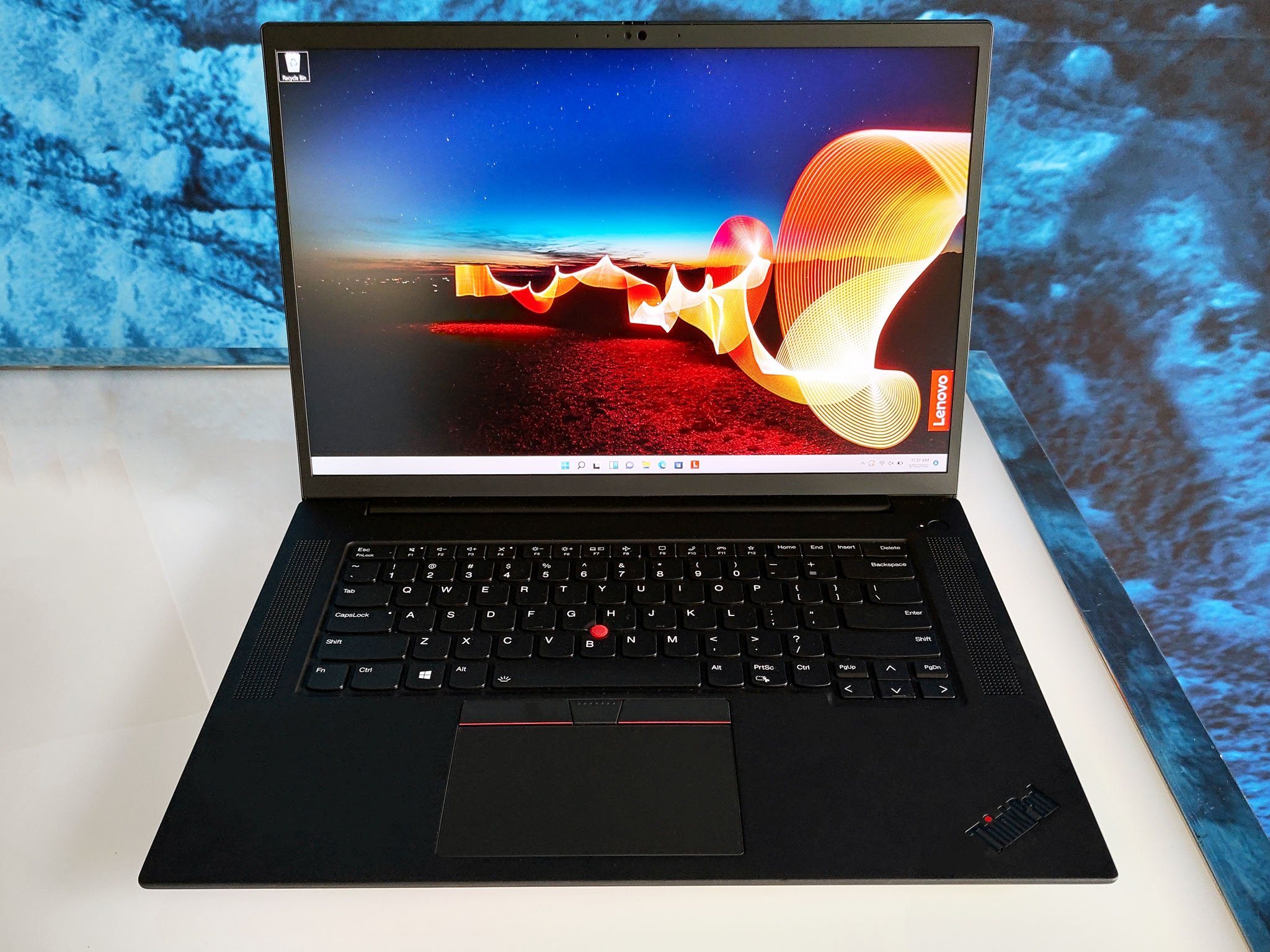
The ThinkPad X1 Extreme (Gen 5) uses basically the same design as its Gen 4 predecessor. A deeper body has space for the larger 16-inch display, using aluminum alloy for the base and a carbon fiber hybrid for the lid. Despite its larger footprint, it weighs almost the same at the XPS 15 (9520) and is actually just a bit thinner. In my X1 Extreme (Gen 4) review I mention that "the laptop is rigid, it's built well, and it has undergone the usual MIL-STD 810H mil-spec durability test to prove it can put up with harsh conditions." That holds true here for the fifth generation.
The XPS 15 is made up primarily of aluminum, which adds to the weight. It's a truly solid laptop without flex or creaks, and it certainly doesn't feel cheap. However, it likely won't stand up to a life in the field as well as the ThinkPad. It's much better suited for an office, lecture hall, or to have around the house.
Both laptops have top-firing speakers that flank the keyboard. The XPS 15 takes things a step further, adding two more speakers on the underside of the chassis. The result is a truly impressive listening experience. The X1 Extreme's speakers offer Dolby Atmos for spatial audio.
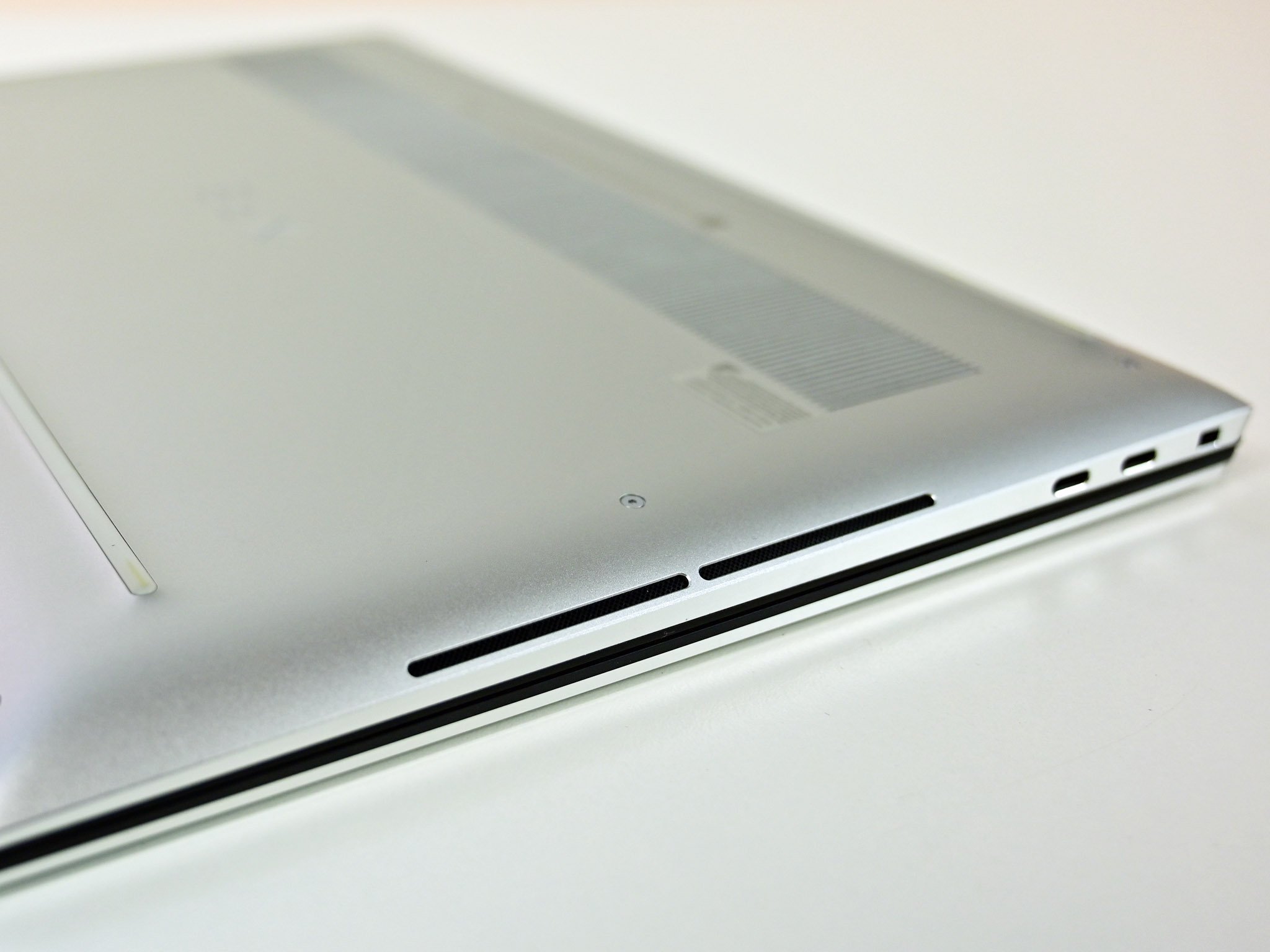
Cameras are installed above the display in each PC, though here the ThinkPad wins out with an FHD and IR hybrid camera for clear video conferencing and added security. The ThinkPad also has a physical camera shutter. The XPS 15 sticks with a 720p camera with IR for Windows Hello.
Both laptops have a sizable Precision touchpad, though the TrackPoint system (the red nub and physical buttons) eats up some space on the X1 Extreme. The ThinkPad's keyboard offers comfy cupped keys, 1.5mm key travel, and dedicated navigation keys. The XPS 15's keys have slightly shallower 1.3mm travel, though it's still quite comfortable during long days of typing.
Port selection is firmly in favor of the ThinkPad. It has dual Thunderbolt 4, dual USB-A 3.2 (Gen 1), HDMI 2.1, a UHS-II SD card reader, 3.5mm audio jack, and an optional Nano SIM slot if you decide to add 5G connectivity. The XPS 15's ports have been pared down to dual Thunderbolt 4, USB-C 3.2 (Gen 2), UHS-II SD card reader, and a 3.5mm audio jack.
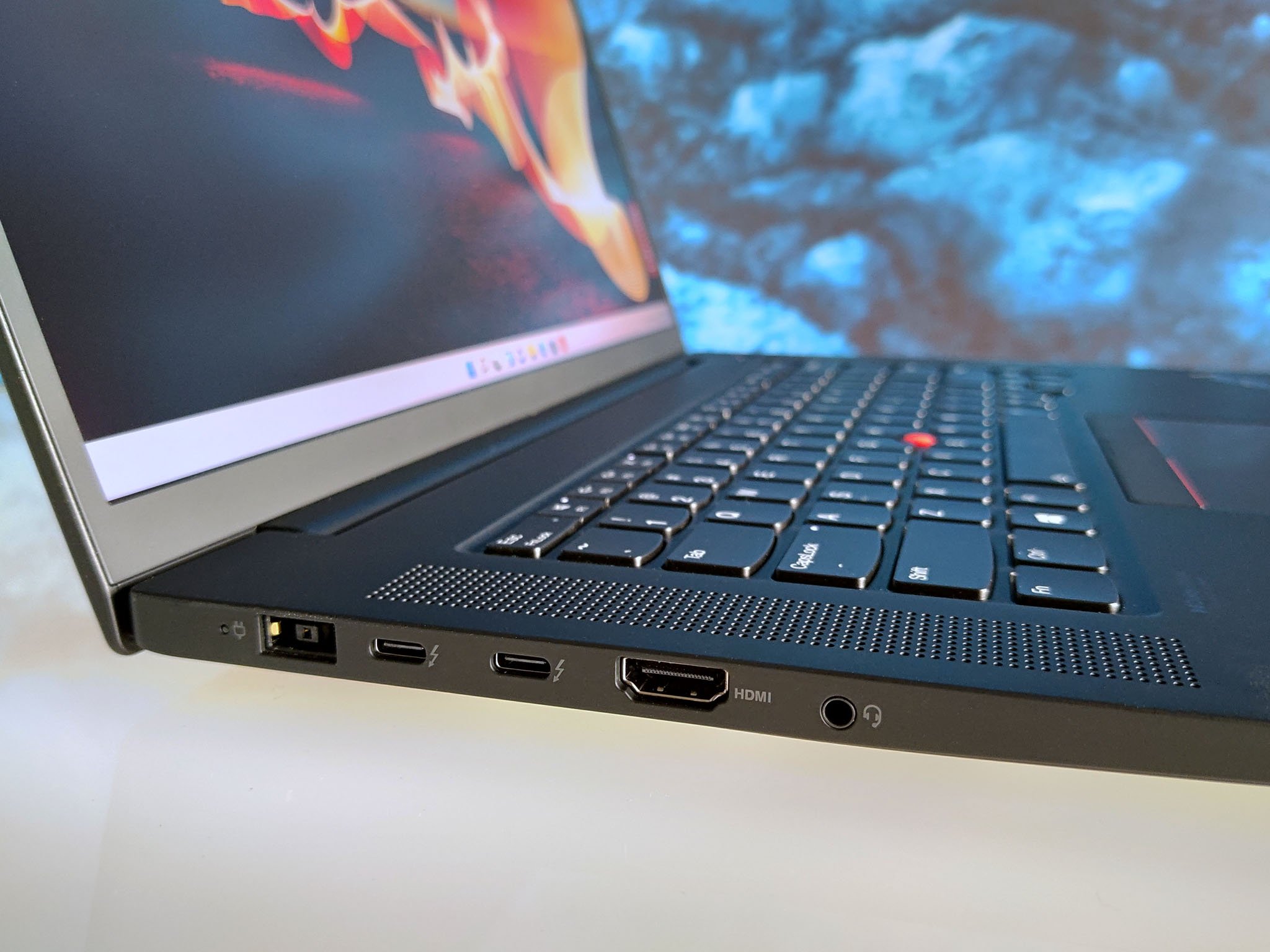
The X1 Extreme has an Intel AX211 Wi-Fi 6E module inside, allowing it to access the 6GHz band on compatible routers. While the XPS 15 technically has the proper WLAN module for Wi-Fi 6E, it is stuck with standard Wi-Fi 6 due seemingly to a decision by Dell. This isn't a huge deal right now for a lot of people, but it will become more important in the near future. The X1 Extreme can also be equipped with 5G connectivity if you need to stay connected outside of Wi-Fi range.
Security is an important part of every ThinkPad system. The X1 Extreme (Gen 5) comes equipped with a Kensington Nano lock slot, fingerprint reader, IR camera, camera shutter, dTPM 2.0 chip, Mirametrix Glance (a fancy name for human presence detection), and it's Tile-ready to find your laptop if it's misplaced. The Core i7-12800H is also vPro-enabled, making it easier to manage with Enterprise buys.
The XPS 15 (9520) does have its own share of security measures, including a fingerprint reader and IR camera. It's enough for a lot of people, but those working with sensitive data might want to opt for the ThinkPad instead. You can grab the XPS 15 in Platinum Silver or Frost colors, while the X1 Extreme is only available in the standard ThinkPad Black color.
Displays
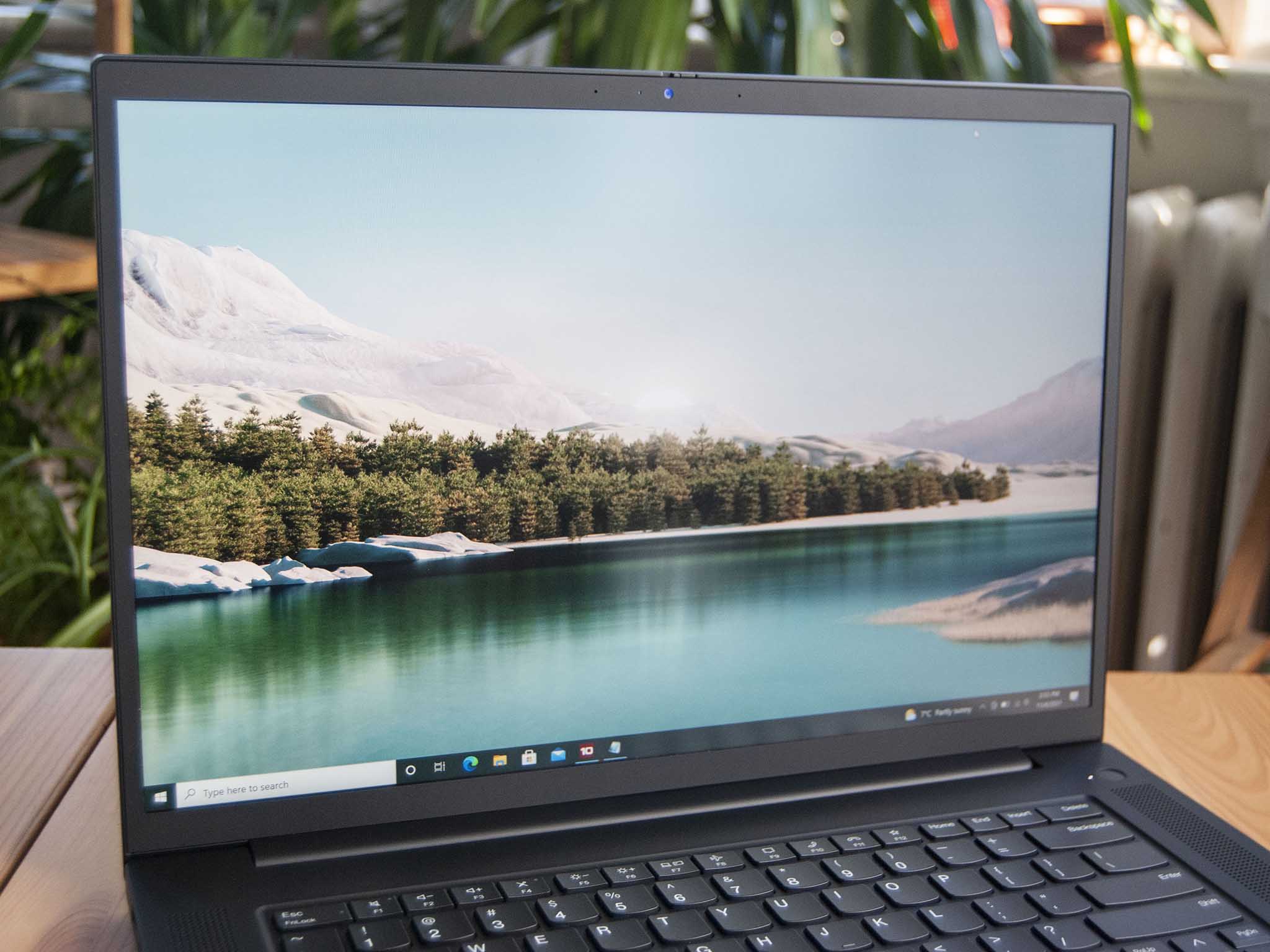
Dell's XPS 15 (9520) is available with three different displays, all sized at 15.6 inches with a 16:10 aspect ratio and Dolby Vision. The "basic" option has a 1920x1200 (FHD+) resolution, 60Hz refresh rate, anti-glare finish, 100% sRGB color, and 500 nits brightness. Next up is a 3.5K (3456x2160) OLED touch display with HDR 500, 400 nits brightness, 100% DCI-P3 color, and anti-reflective finish. Finally, there's a 3840x2400 (UHD+) touch display with 500 nits brightness, 100% AdobeRGB color, and anti-reflective finish.
The X1 Extreme (Gen 5) has four different 16-inch display options from which to choose, all with a 16:10 aspect ratio. The most affordable has an FHD+ resolution, 300 nits brightness, anti-glare finish, and 100% sRGB color. Next up is a 2560x1600 (QHD+) resolution with 500 nits brightness, anti-glare finish, 100% sRGB color, 165Hz refresh rate, and TÜV Low Blue Light.
The two UHD+ displays are priciest, but they will deliver the best picture. One has 600 nits brightness, an anti-glare finish, 100% AdobeRGB color, Dolby Vision, HDR 400, and TÜV Low Blue Light. The other is essentially the same, though it's touch-enabled and has an anti-reflective finish. It can also be used with the Lenovo Precision Pen 2 if you'd like to do some inking.
Performance and pricing
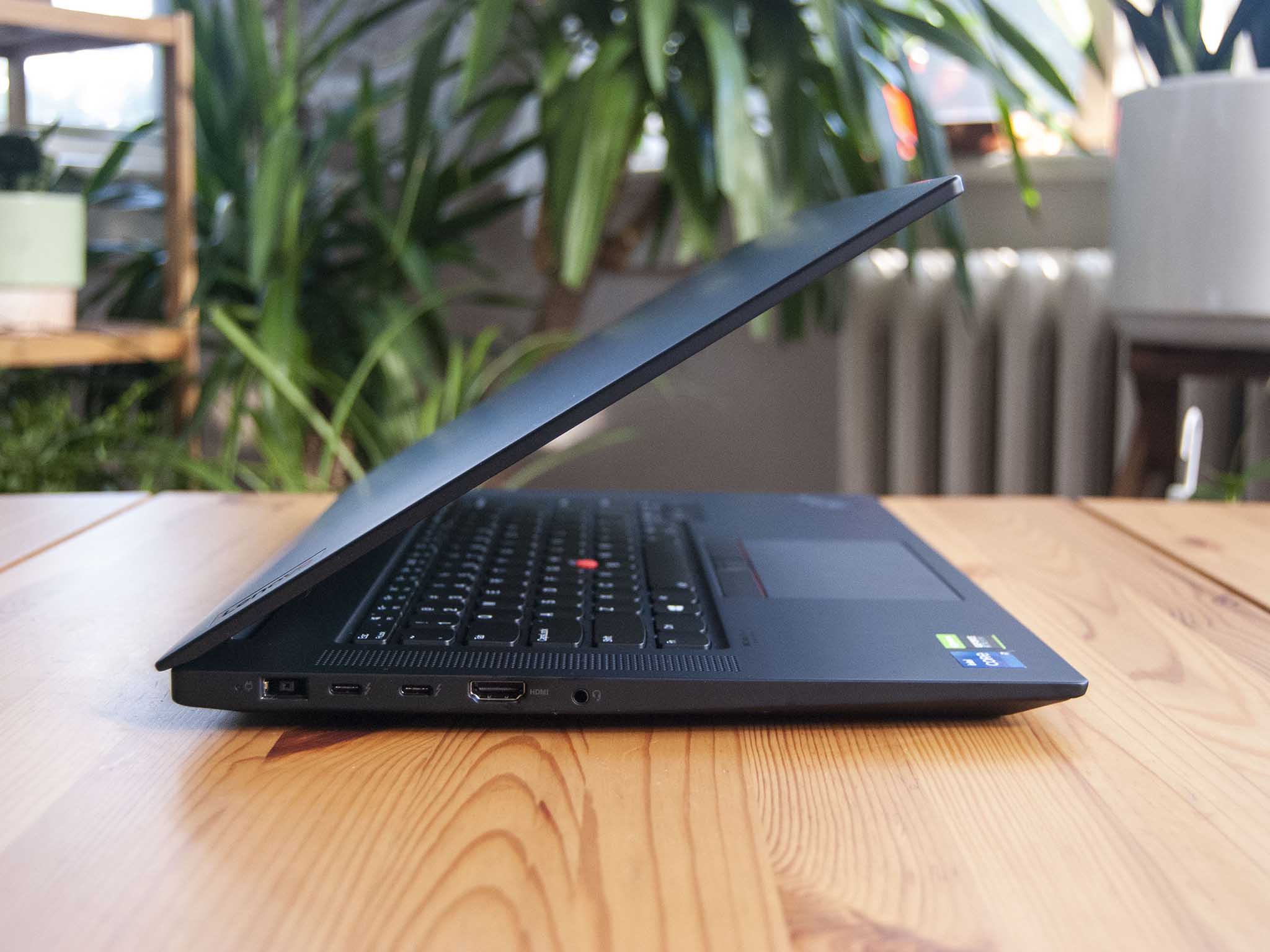
The XPS 15 (9520) is considered quite powerful for a 15-inch Ultrabook owing to its 12th Gen Intel Core H-Series CPUs and discrete NVIDIA RTX 3050 Ti Laptop GPU. You can get it with up to a Core i9-12900HK chip, 64GB of dual-channel DDR5 RAM, and up to 4TB of M.2 PCIe 4.0 NVMe SSD spread out over two M.2 slots.
There are also plenty of lesser configuration options. Prices start at about $1,420 for a model with Core i5-12500H CPU, Intel UHD graphics, 8GB of RAM, 512GB SSD, and FHD+ display.
The ThinkPad X1 Extreme (Gen 5) lives up to its name, offering high-end performance hardware that can handle specialized work. It can be had with up to a Core i9-12900H CPU, NVIDIA RTX 3080 Ti Laptop GPU, 4TB of M.2 PCIe 4.0 NVMe SSD storage spread out over two M.2 slots, and up to 64GB of DDR5 dual-channel RAM.
The discrete GPU options are what really propel the X1 Extreme ahead of the XPS 15. If you don't need the massive performance from the RTX 3080 Ti, you can also choose from RTX 3070 Ti, RTX 3060, and RTX 3050 Ti Laptop GPU options. Prices currently start at about $2,190 for an X1 Extreme with Core i7-12700H CPU, NVIDIA RTX 3060 Laptop GPU, 512GB SSD, 16GB of RAM, and FHD+ display.

Dell's XPS 15 might not have the same high-end performance and security options, but it's a sleek Ultrabook that can hold its own thanks to a discrete RTX 3050 Ti GPU and Core i9-12900HK CPU. It's built extremely well, it has outstanding audio and display options, and you can get it for a lot less money than the X1 Extreme.
Get the Windows Central Newsletter
All the latest news, reviews, and guides for Windows and Xbox diehards.

Cale Hunt brings to Windows Central more than eight years of experience writing about laptops, PCs, accessories, games, and beyond. If it runs Windows or in some way complements the hardware, there’s a good chance he knows about it, has written about it, or is already busy testing it.
